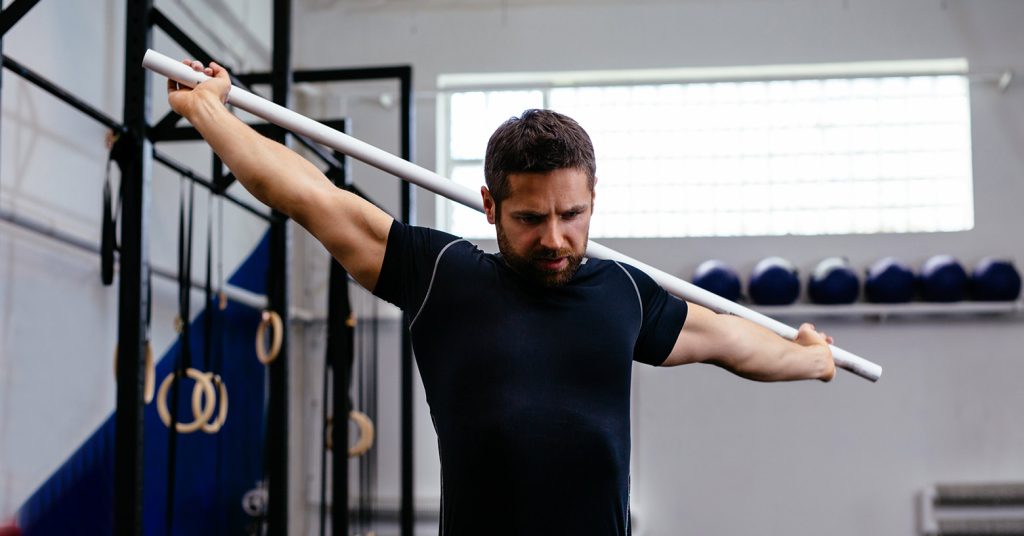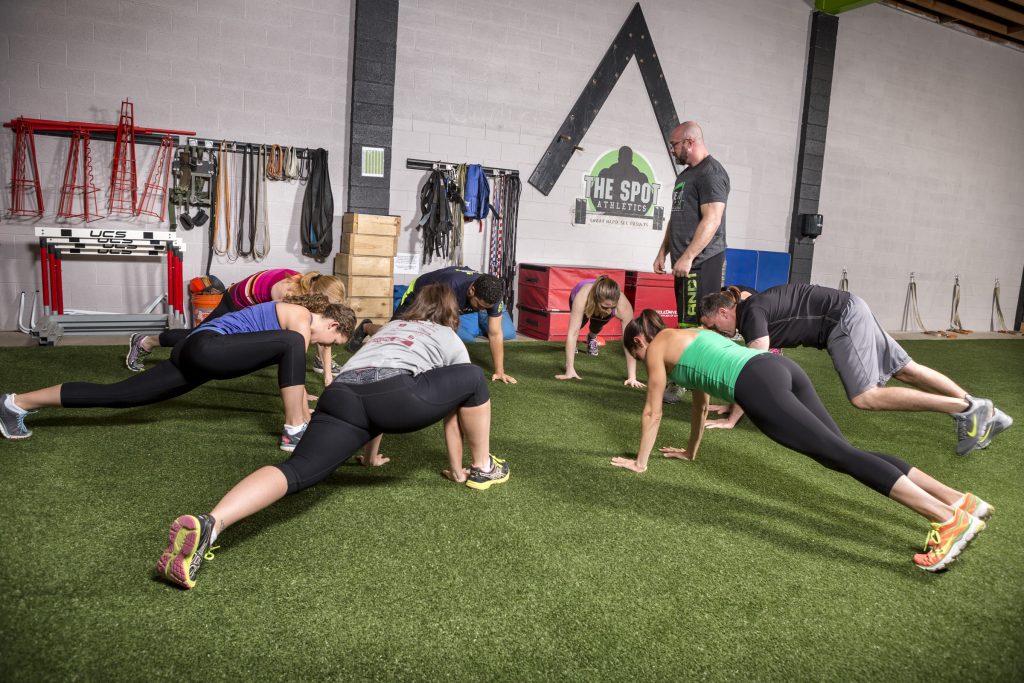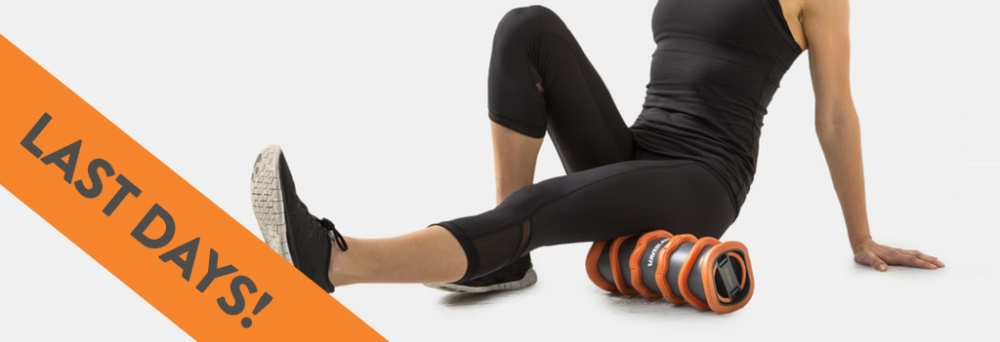Mobility training has become buzz word in the fitness and personal training industry, even though it technically has been an integral part of athletic development for some time now.
The aim of mobility training is to unlock restrictions and condition your body to move more efficiently. Improved movement helps to prevent injury, optimise recovery time and increase physical performance.
Mobility workouts are structured to restore range of motion to joints and teach better movement mechanics to the body. They also help to maintain optimal health of joints, muscle and fascia, and enhance the delivery of nutrients to cells through improved blood flow.

It’s hard for us to not to get stuck in habitual movement patterns brought on by the day-to-day demands of our lives. All of these demands tend to get us stuck in repetitive movement patterns and over time these patterns, if not addressed, can lead to muscle imbalances, postural problems and ultimately injury.
A great analogy would be if you were to drive a car constantly around a circular track in a clockwise direction, over time the car would start to wear as it becomes moulded to that pattern. This would in turn reduce its efficiency in driving in the opposite direction, eventually causing structural damage to the car and a costly visit to the mechanic.
However, driving the same car in equal measures in all directions would balance out the wear and tear on the vehicle. This would maintain the cars mechanical components and function for longer and, hopefully, less costly visits to the mechanic.
Unfortunately, modern day fitness regimes are often so focused on strength, speed and intensity that they forget to address mobility, movement patterns and exercise technique. These key principles are essential if the body is to handle the extra workload of aggressive training schedules.
In short, there’s no point putting in a bigger engine if your chassis is buckled!
Move well, and move often:
The more you can move, the better you will feel and the better your body will respond.
Thanks to the rise of technology, we spend less time moving and more time glued to our chairs. Even exercise regimes have become dominated by the convenience of seated strength machines, cardio equipment and one-dimensional fitness classes. Then when we get home most of us would tend to flop onto the couch for the evening, before curling up in a ball when we go to bed.
If you are ready to break this pattern, here are my suggestions:
The early bird catches the worm:
When we sleep we will often revert to habitual sleep patterns that help to get us off to sleep the quickest. Lying in these positions for extended hours may lead to waking up with sore joints, aching muscles and back pain.
This doesn’t necessarily mean there is something structurally wrong, but is a great indicator that we need to get moving and untie the knotted twisted position that we slept in.
Tomorrow, try a new routine when you wake up. Start with a warm shower followed by a light 10-15 minute mobility routine. In that time, try to consume a litre of water. This will help to address movement restrictions, ease aches and pains and hydrate your body early in the day.
Combining movement with hydration acts as a pump mechanism to get the water to the cells and structures where it is most needed. This will help boost your energy levels, improve cognitive function and prepare you for a productive day ahead.
Forget the cigarette break, take a movement break:
More companies are realising the importance of movement for their employees as spending hours slumped in front of computers can have a negative impact on the body and the productivity of the workforce.

Take 5 minutes every couple of hours to mobilise common problem areas like hips, thoracic spine, shoulders and the neck. Utilising small mobility drills that don’t cause a sweat is a great way not to let work grind you down! Check the Strength in Motion @strength_in_motion_ instagram feed for drills.
Mobility drills at home:
We’re often told that people can’t find the time to stretch or mobilise, however, spending hours bingeing on Game of Thrones or The Bachelor slumped on the couch in the evening is just another wasted opportunity to apply some movement to your life.
Breaking down the movement patterns of the day is a great way to reduce your stress levels and help prepare you for sleep.
Consistent mobility routines combined with a balanced fitness regime will work wonders for your general well being. Try including a 15-minute mobility routine into your schedule once or twice a day if possible.


